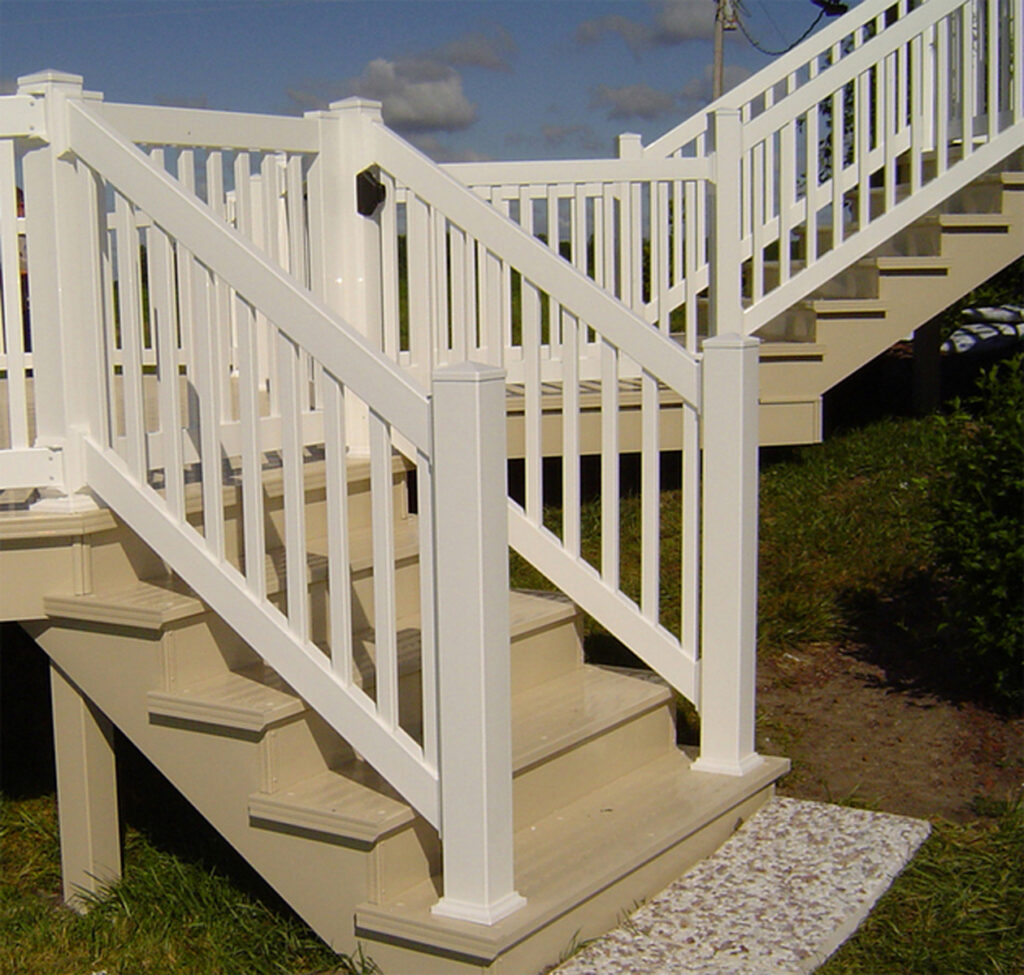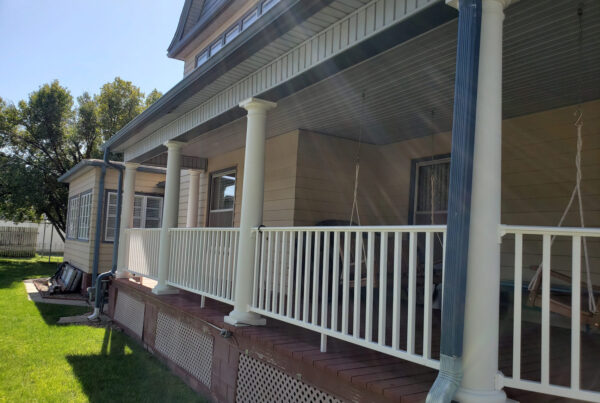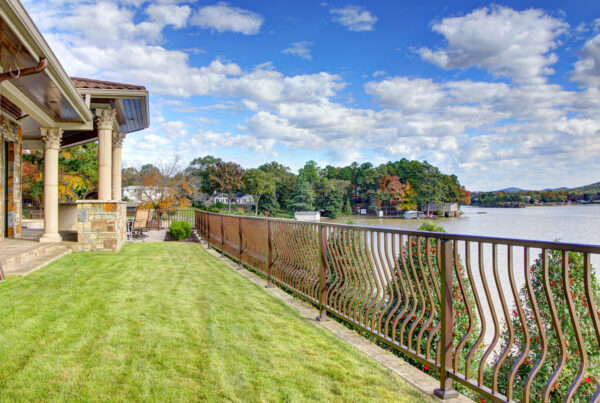Before choosing which type of railing to install on your deck, you must know the kind of material that you want for your railing. When considering vinyl vs cable railing, it’s wise to check the qualities of both materials before you decide.
Maintenance
Unlike cable, vinyl doesn’t require any special maintenance. For vinyl, all you have to do is wipe it down with a damp cloth. To maintain the shine on your vinyl railing, use a commercial cleaner or a mixture of diluted dish soap and water. Failure to maintain cable railings could result in rusting and breakage. The bars need an occasional cleaning with mineral spirits, which should be applied with a rag or scrub brush. Each bar must be hand-greased at least once every couple of months for proper lubrication.
Appearance
Vinyl looks the same regardless of how long it’s been outdoors because the color doesn’t fade. Vinyl is much smoother than cable and requires minimal maintenance, so it always looks brand new. Its shiny surface reflects light, which makes your deck look newer for longer than it really is. Cable weathers over time, making it more difficult to clean stains.
Strength
Vinyl is a solid material and doesn’t sag, so it’s sturdier for people of all sizes. Vinyl can support up to 1650 pounds per linear foot, which makes it one of the strongest materials used in residential railing systems. However, cable is lightweight and flexible, making it easy to move from one place to another if necessary. Its flexibility also makes cable ideal for homes where pets are roaming free. It’s also easier to replace if damaged due to its thin design.
Installation
Vinyl is a faster and easier installation than cable. Vinyl railing is easy to install, requiring a single step to bolt it in place. That’s why vinyl is usually installed on deck railings, for example: on the house, porch, porch top, and stairs. Cable railing requires more work than vinyl because it requires shoring up with steel brackets before installing it on your deck rails or posts. You’ll need to fasten steel plates underneath the area where you want to install the cable railing.
Durability
Durability also comes into consideration when looking at vinyl vs cable railing. Outdoor vinyl rails lasts many years, though they may fade after about ten years. You only have to maintain and wipe it down with a damp cloth. Alternatively, you can choose Sherwood’s prefinished railings for added durability. Cable railing is prone to rust, so you should use an anti-rusting solution whenever you need to clean it. It can also crack at the joints if water gets through the mesh, so checking the seams before installing the cable is essential.
Cost
Vinyl railing is cheaper than cable and may be affordable enough to buy two lengths and install it on both sides of your deck steps or handrails. However, vinyl comes in different grades that cost more or less than what you’d expect. The most common grades are 1, 2, 3, and sometimes 4. Vinyl is also sold in different colors, with each color having a different price and quality.
Versatility
Vinyl railing is more versatile than cable. The cable is not designed to be a functional railing, so it won’t allow you to make your deck the way you want. Meanwhile, you can use vinyl as both decorative and functional. You’ll enjoy having your deck look great with vinyl railing.
When comparing vinyl vs cable railing, consider vinyl if you want a railing system that will last many years and never needs maintenance. It’s stronger, looks beautiful for longer than cable, and requires no maintenance once installed. If you’re looking for the best performing railing systems, go for PolyRail vinyl railing.










